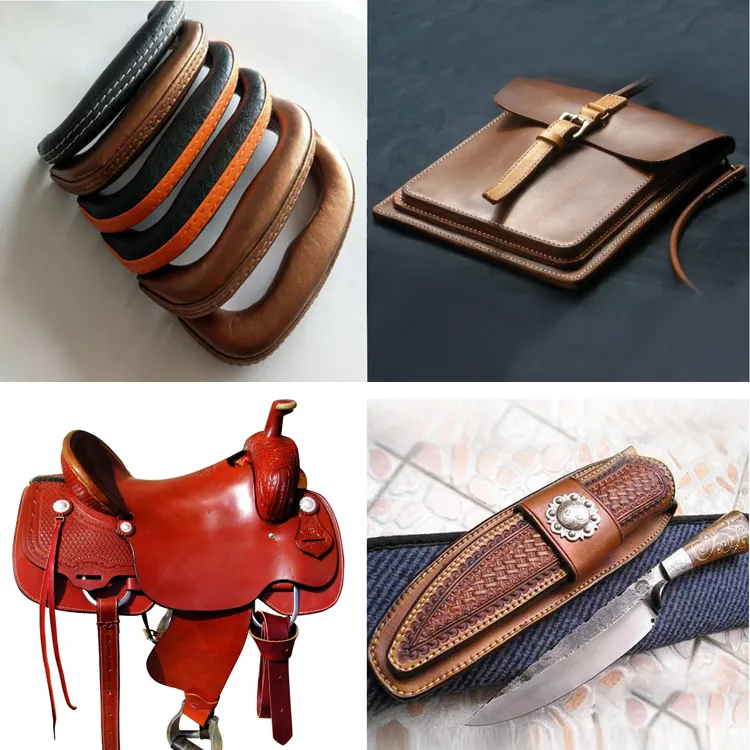Understanding the Functionality and Advantages of Lockstitch Sewing Machines in Modern Textile Industry
Understanding the Meaning of Lockstitch Sewing Machine
In the realm of textile and garment production, the lockstitch sewing machine plays a pivotal role. This machine, an essential piece of equipment in both industrial and domestic sewing contexts, utilizes a specific technique that employs two threads to create a secure and sturdy stitch. Understanding the function, advantages, and applications of a lockstitch sewing machine is crucial for anyone involved in sewing, whether as a hobbyist or as part of a larger manufacturing process.
The Mechanism of Lockstitch
At its core, the lockstitch sewing machine operates using two threads an upper thread and a lower thread. The upper thread is fed from a spool on the machine, while the lower thread is typically supplied by a bobbin housed beneath the needle plate. The machine's needle pierces the fabric to bring the upper thread down, looping around the lower thread to form a stitch. This interlocking mechanism creates a tight and secure seam, ideal for various fabrics and applications.
The design of the lockstitch machine has evolved over the years, with many modern models offering advanced features such as adjustable stitch length, automatic tension control, and numerous stitch patterns. Despite these advancements, the fundamental operation remains consistent, ensuring reliable stitching in both home and industrial environments.
Advantages of Lockstitch
One of the primary benefits of a lockstitch sewing machine is its ability to produce strong, durable seams. The interlocking nature of the stitches means they are less likely to unravel, making them suitable for a wide range of textiles, from delicate fabrics to heavy materials like denim. This durability is particularly advantageous in clothing construction, upholstery, and other applications where seam strength is critical.
Moreover, lockstitch machines are generally easy to operate and maintain. Their straightforward mechanics mean that users can quickly learn how to thread the machine, adjust settings, and perform basic troubleshooting. This user-friendly aspect has contributed to the lockstitch machine's popularity among both novice and experienced sewists.
meaning of lockstitch sewing machine

Lockstitch machines are also versatile. They can be used for various sewing techniques, including straight stitching, zigzag stitching, and decorative stitching, depending on the machine's design. This flexibility allows manufacturers and hobbyists to complete a wide array of projects with just one machine.
Applications of Lockstitch Machines
The lockstitch sewing machine is ubiquitous in many sectors. In the garment industry, it is used to construct everything from everyday clothing to high-fashion garments. The strong seams produced are necessary for items that undergo regular wear and tear.
Beyond clothing, lockstitch machines find applications in upholstery work, where sturdy seams are essential for creating durable furniture covers and drapery. They are also used in the production of accessories such as bags, belts, and other leather goods, where the strength of the stitch can significantly affect the product's longevity.
In addition to industrial applications, many home sewing enthusiasts rely on lockstitch machines for quilting, crafting, and garment construction. The ability to create consistent and reliable stitches makes these machines a favorite among those who value precision and quality in their sewing projects.
Conclusion
In summary, the lockstitch sewing machine is a fundamental tool in the sewing world, known for its strong, reliable stitching capabilities and versatility across various applications. Understanding its mechanics and advantages can significantly enhance the sewing experience for both professionals and hobbyists alike. Whether for industrial use or personal projects, the lockstitch sewing machine remains an indispensable asset, enabling the creation of durable and high-quality textile products.
-
Leather Sewing Machine: The Industrial Standard for Tough MaterialsNewsJul.18,2025
-
Sail Making Machine: Heavy-Duty Stitching for Industrial and Marine NeedsNewsJul.18,2025
-
Sling Sewing Machine: The Backbone of Heavy-Duty FabricationNewsJul.18,2025
-
Leather Sewing Machine: Precision for Heavy-Duty StitchingNewsJul.18,2025
-
Big Bag Sewing Machine: Powering the Future of Bulk PackagingNewsJul.18,2025
-
FIBC Sewing Machine: Essential Equipment for Bulk Bag ProductionNewsJul.18,2025
-
Heavy Duty Leather Sewing Machine: A Must-Have for Professional LeatherworkNewsMay.28,2025





























